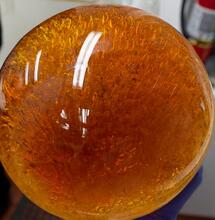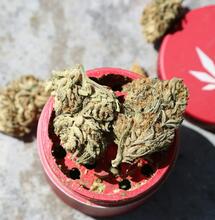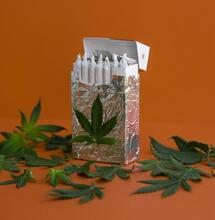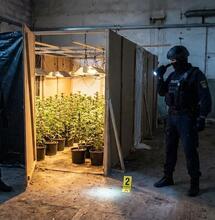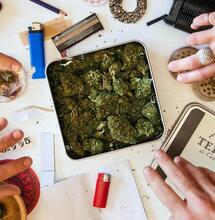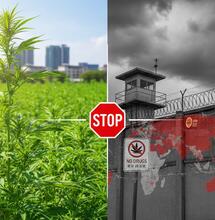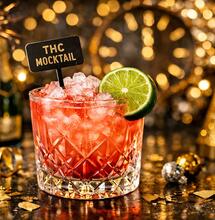Which Grow Light Is Best for Me
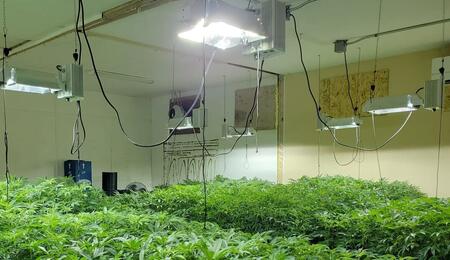
When it comes to indoor grow lights, understanding what a grow light is, how they work, the different versions, why some are so expensive and what spectrum you need, can be a bitter pill to swallow. The grow light is what makes all the magic happen, and making sure you have the best possible grow light will set you apart from the average man. In this article, I break down all you need to know as a first time grower about horticultural lighting, giving an overview of the different lights, floor plans, plant count, the distance you should hang the lights, mistakes to avoid and much more!
How Much Space Do You Have?
An important question that should be considered before buying your first ever grow light. The grow space needs to be big enough for you to install the light fixture, carbon filter, extractor and an oscillating fan. There is no point in buying a grow light which is too large for the space, and you also don’t want to buy a light that does not illuminate the space.
A floor plan is often the easiest way to access just what size light you need, and at the same time the number of plants you can grow.
Simply take a pen and pad, and measure your room space from the top to bottom and sides. For example, if you have an old bedroom cupboard which when cleared out measures 180 cm tall and is 1 meter in size, then you will be able to work out, your grow light should cover an area of 100 x 100 cm. When your potential grow space is much larger, then you can work out off a meter squared basis, just how many lights you will need, and the power of watts required.
What About Electric Costs Each Month?
For those who may be restricted to just how much electricity they can afford to use, working with a 500w or less model LED can be the best bet. 600w high pressure sodium lights will also be an option, however you may find some LED lights are far superior in terms of power to PAR output.
- Most HPS and MH lights will come with a digital ballast that can allow the power usage to be lowered.
- LED grow lights can also come fitted with dimmable lights and the ability to use less power if needed.
- Using only half the power during the vegetative period is an excellent way to save money each month.
- 400w high pressure sodium grow lights are ideal for vegetating but will not produce a large yield.
The Different Grow Lights Available
LED
You may have noticed that many indoors growers are using LED grow lights, with the most popular option being the rectangle grid formation designed to cover a large area. Not every company will make top quality lights, or use the latest technology, so make sure you take the time to find out all the specifications from PAR, PPFD output and how efficient the grow light is.
HPS
Way before LED grow lights took over, high pressure sodium lights were all you could really buy. Cheap and affordable for all types of growers, HPS lights are still the preferred choice for many old school growers who feel they have their indoor setups dialed in, knocking out massive yields and therefore have no incentive to switch over. Indoor growers who plan to grow a high volume of plants will typically invest in HPS lights, ballasts and reflectors, as the cost is far less than LED.
MH
Metal halide lights are basically football stadium or car park lights, which are meant to illuminate large open spaces with a clear white light. The spectrum produced by MH bulbs will be closer to the blue spectrum needed for the growing phase (18/6). If you really want the best of both worlds, then why not try hanging MH and HPS grow lights together to achieve the ultimate spectrum during veg and bloom?
CFL
I used to grow with CFL bulbs almost 20 years ago, and they certainly did the trick. Nowadays, CFL lights are used for cloning and starting off seedlings. Compared to HPS, MH and LED, compact fluorescents are not classed as HID (high intensity discharge) lights and will not produce anything substantial in the yield department.
Which Type of Reflector Do I Need?
Reflectors are typically associated with HPS and MH lights, and come in all shapes and sizes, from simple flat designs to parabolic moulds. As a first time grower on a budget, you only need the most basic HPS bulb, reflector and ballast which won’t set you back load of money.
How Far Should You Hang Your Grow Lights?
Ideally, you want to keep your grow lights between 40-60 cm away from the top of the canopy. As a beginner grower, you will want to move the light up accordingly as the plants grow, trying your best to maintain a consistent space between the canopy and the bulb and reflector.
- Hanging the grow light too high up will cause plants to grow lanky and stretch.
- Plants growing too close to the grow lights can experience heat stress.
- Do not let the foliage touch the bulb or get too close, as this will cause stress.
- High powered LED and HPS lights do not need to be so close to seedlings.
- Using chain or a yoyo type of attachment will be the most convenient way to hang.
- Make sure you provide enough space when hanging more than one grow light.
3 Mistakes to Avoid When Choosing and Setting Up Your Lights
- Avoid cheap LED lights
Spending your hard-earned money on cheap, old-fashioned and basic LED lights is easily done. Not only will buying cheap lights be a waste of money, the yield and quality of your flowers will not be the best, due to the lack of spectrum and intensity.
2. Hanging the lights at an angle.
When you are hanging your grow lights, make sure that the light is level and, especially when using an HPS or MH. A great tip is to use a spirit level and line the reflector or LED up exactly horizontal. A light that is not even, will cause some plants to grow bigger than others.
3. Keeping ballasts on the floor
Be really careful when using ballasts that are on the floor. The reason is, water from the pots could come into contact with the hot ballast, causing the ballast to burn out and potentially cause a serious electric problem. Avoid keeping your ballasts on the ground in the grow room, and either keep them off the floor or fix them to the wall.
Conclusion
It is highly important that as an indoor grower, we are conscious of how much electricity we use to power everything up, especially with the energy crisis. LED grow lights are becoming more popular due to the fact they are efficient, produce the ideal spectrum, use less electricity than conventional HPS lights (600w or 1000w) and produce less heat. That being said, growers who are working off a budget may find investing their money in an HPS set up can be more practical, and still produce an excellent crop of indoor cannabis.
Mixing both metal halide and high pressure sodium is an excellent way to blend both spectrums, providing an enhanced combined light. Some growers may even use T5 CFL strip lights with flowering CFL bulbs, ideal for small sized low powered stealth grows. I personally would recommend doing as much research as possible, check out online reviews, YouTube channel reviews and read as much data as possible. A top quality grow light should last you years of back to back crops, without any issues, so good luck searching the marketplace and growing some indoor high grade head stash!
Also read on Soft Secrets:
- What Do I Need to Think About for an Indoor Set Up?




